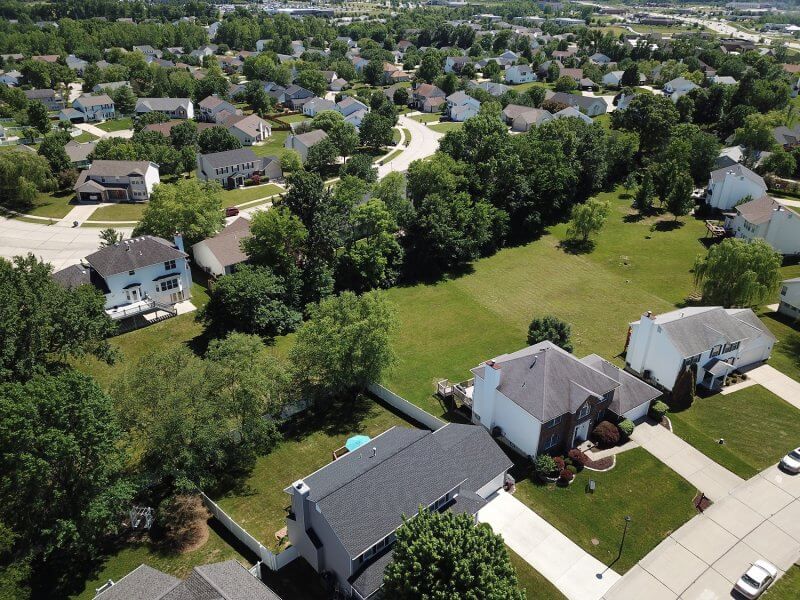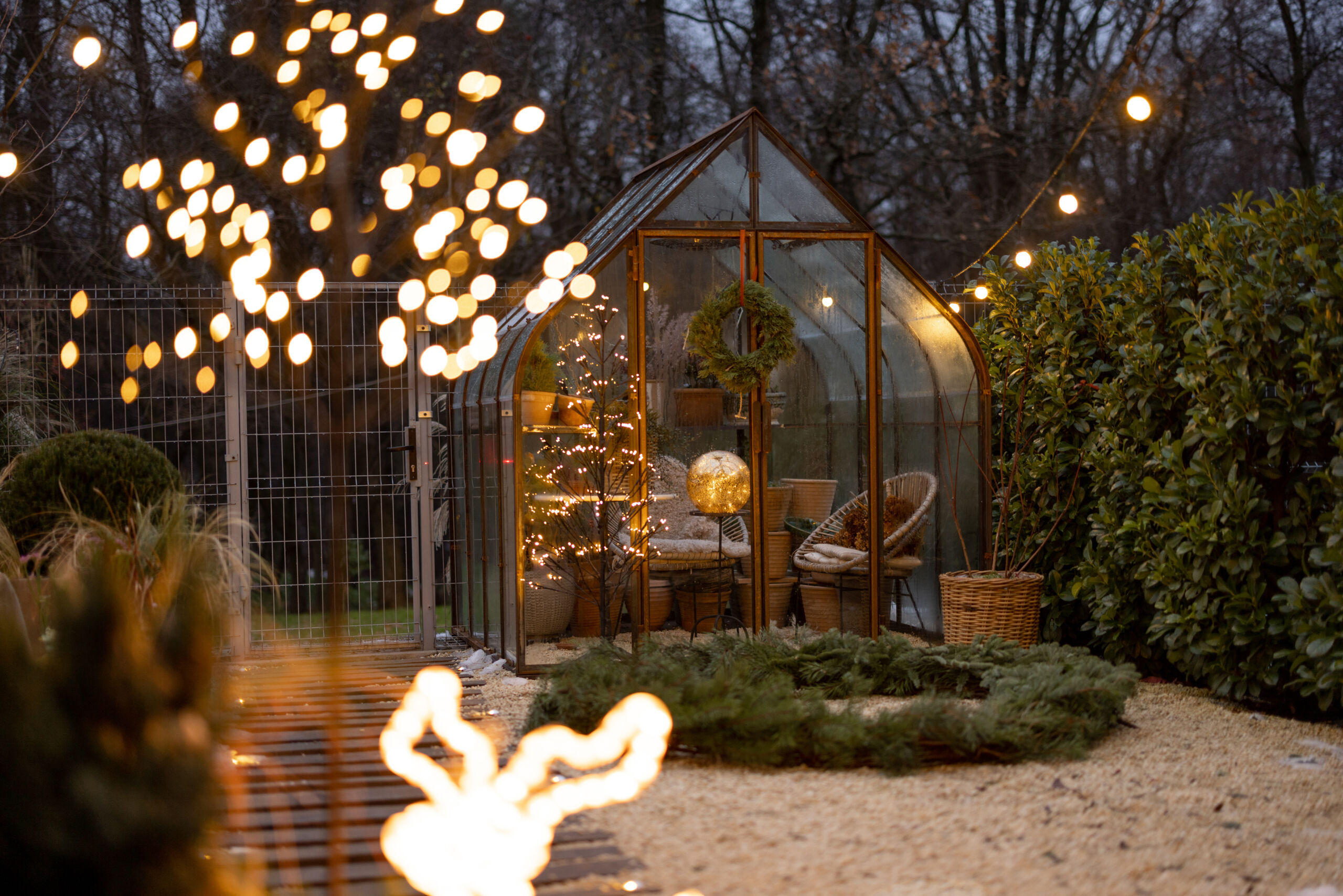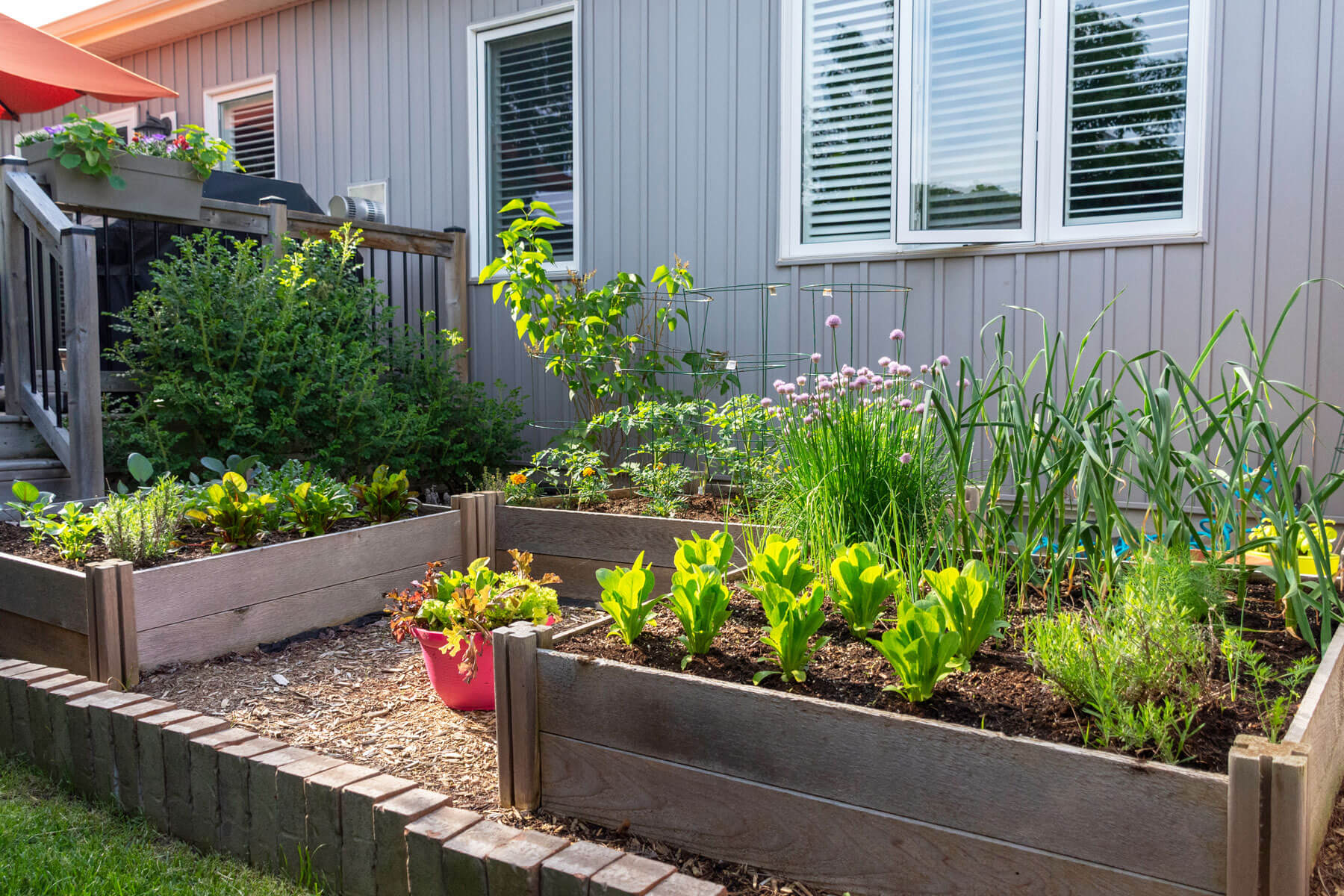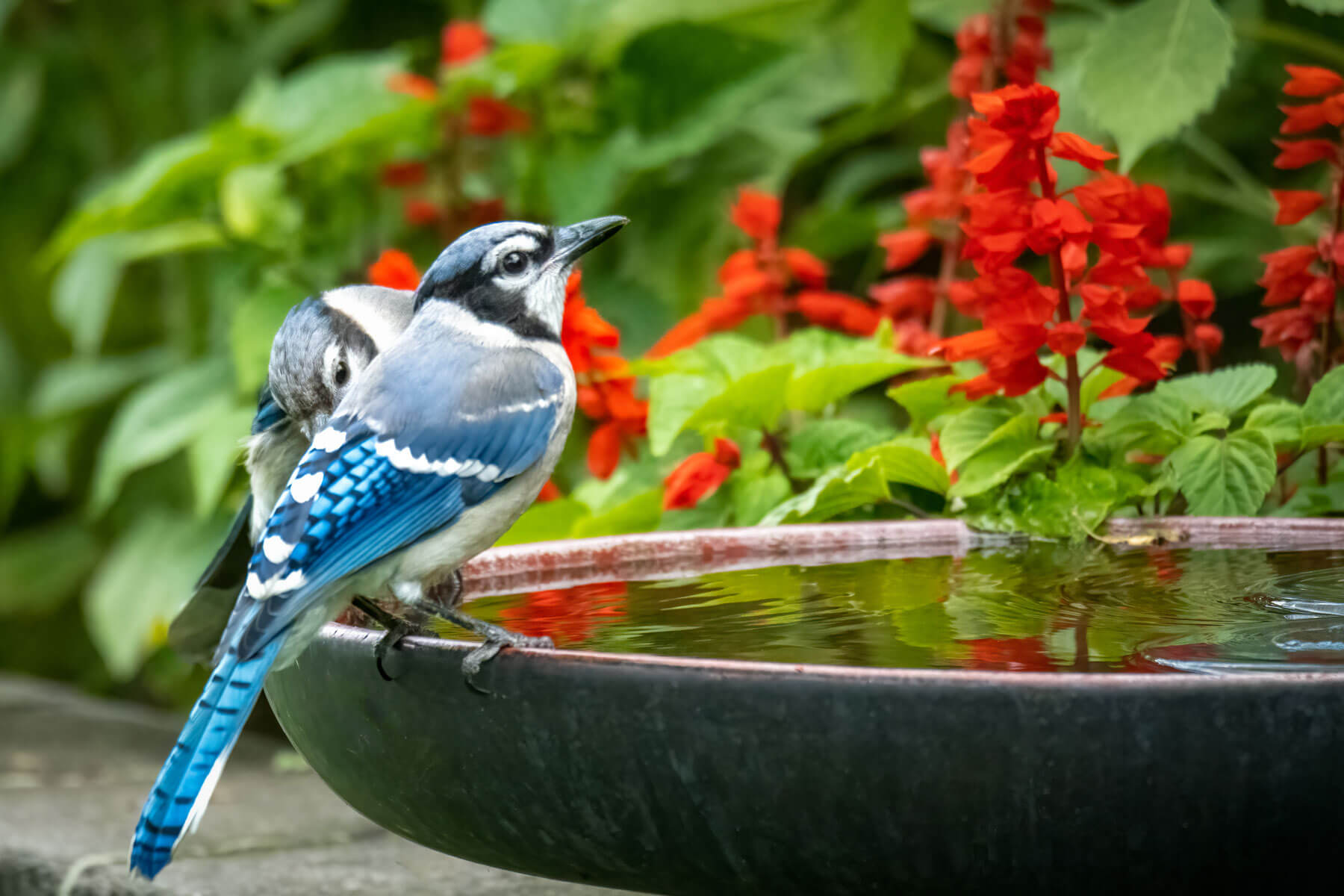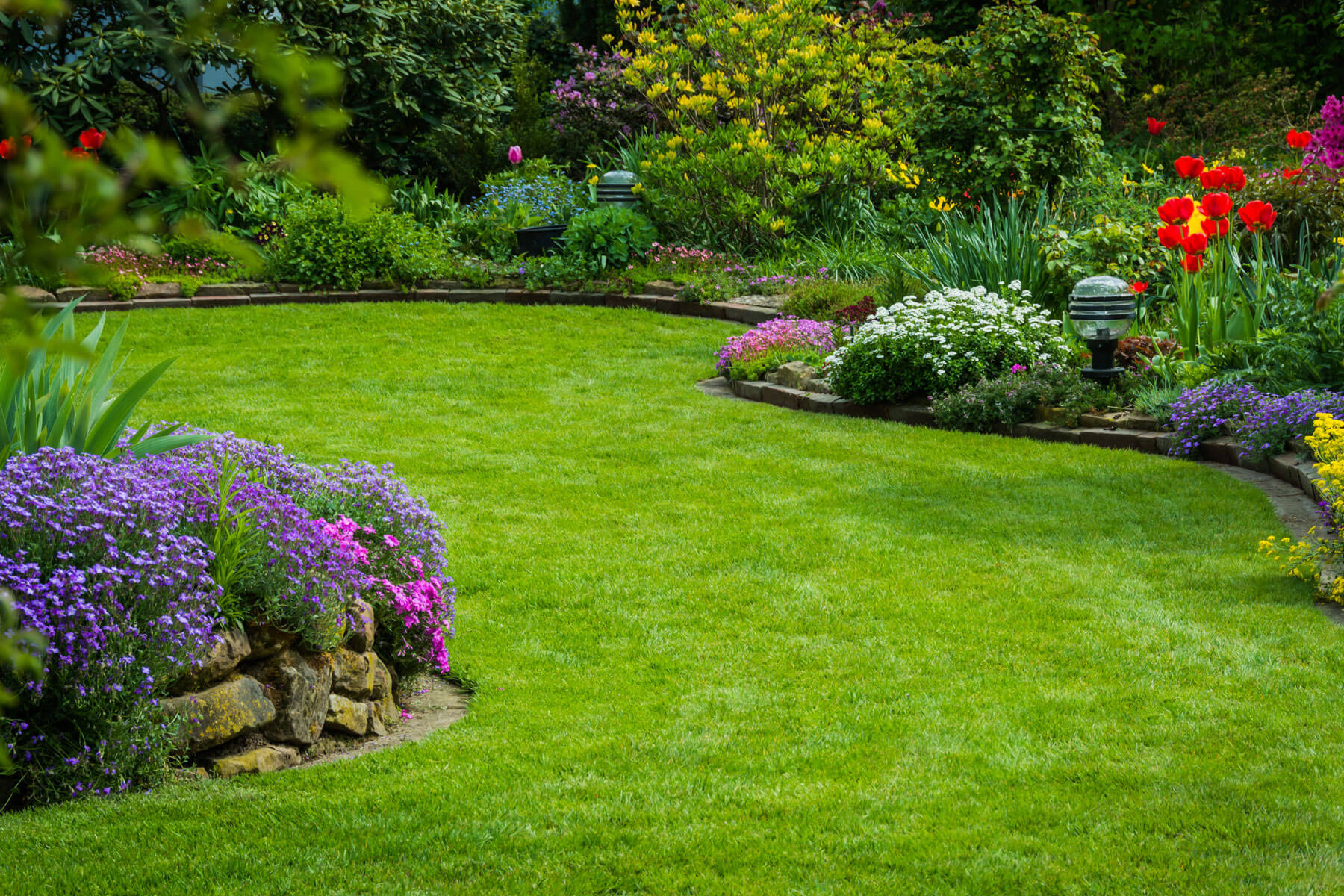Landscaping Ideas and Lawn Care Tips to Help Get Your Landscape Design Ready for Spring
As spring finally rolls around, people are already thinking about warmer days relaxing in their backyard. Though summer’s still far from here, there’s plenty you can do after the thaw to make the most of your property and get things ready for the season.
Here are some of the top property maintenance and landscaping design tips to get your property ready for spring.
Plan Landscaping Projects Early
There are many great benefits to planning your landscaping project early. First, you’ll get to beat the spring landscaping rush and book a landscape designer before they are all booked up for the spring and summer. And you’ll also have more time to think about what you want for your landscape design and plan accordingly.
Planning your new landscape design shouldn’t be rushed. So start early and enjoy the process instead of rushing once the warm weather arrives.
Along with landscape design, you will also want to plan for lawn maintenance. Here are some popular landscaping projects to consider planning:
- A new look for your landscape
- Removing old flower beds and replacing with new flowers
- Planting vegetable gardens
- Adding hardscaping—such as patios and stone walkways
- Building structures—such as pergolas
- Adding water features—such as fountains, ponds, and spas
- Re-sodding your lawn
- Weeding
Spring Lawn Care 101
For a thick, lush, green lawn this summer, follow these basic lawn care steps this spring:
Clean
Prune shrubs, trees, and dead plants. And clean up debris, branches, and garbage strewn across your lawn and garden beds. Use a rake to remove dead grass and leaves.
Aerate
Rent a lawn aerator or hire a lawn maintenance service to aerate your lawn. Aerating removes plugs of soil from the lawn to loosen compacted soil and let water, air, and nutrients reach the roots of your grass.
Aerate early in spring so your lawn can recover quickly for peak growing season. You should aerate your lawn every year for high-traffic areas or if you have heavy clay soil. For sandy soil or lawns that grow well, aerate every two to three years.
De-Thatch
Thatch is a layer of decaying grass shoots, stems, and roots that forms between green grass and soil surfaces. While some thatch is good for your lawn to retain moisture and insulate soil from extreme temperatures, too much thatch is a problem.
A thatch layer that is greater than 3/4-inch thick can prevent proper drainage and water, moisture, oxygen, fertilizer, and nutrients from reaching the soil and grass roots. Thick thatch is also a hospitable environment for pests. So de-thatch your lawn when the thatch layer gets too thick. You can rent a tool for de-thatching from your local home store.
Seed
To repair bare patches and have a thicker lawn, add extra seeds to your lawn in spring—a process known as over-seeding. Read the grass seed labels to find grass that is suitable for your lawn’s growing conditions.
You can distribute grass seed evenly across your lawn using a hand-held seed spreader or by pushing a broadcast spreader for larger properties. Don’t forget to lightly rake the soil afterward to create seed-soil contact.
Water
Water the seed daily to keep the soil moist but not wet. You can reduce the amount of watering once you notice the grass seed beginning to sprout.
Water your lawn in the early morning so it won’t lose water to evaporation. And try to avoid watering your lawn at night since it will stay too wet and create a hospitable environment for disease.
To create healthy roots, water your lawn deeply (one inch of water) once a week if it hasn’t rained.
Fertilize
Use an eco-friendly fertilizer to fertilize your lawn every eight weeks. Fertilizer will provide nutrients to help your lawn stay healthy and green. A healthy lawn will also endure insects feeding on your grass without showing signs of damage.
Keep an Eye Out for Weeds
If you notice weeds growing in your lawn, use an eco-friendly weed killer that attacks weeds without harming your grass.
Tune Your Mower
To get your mower ready for use this spring, change the oil, spark plug, and air filter. Clean the top and undercarriage, lifting to one side instead of flipping over. Sharpen the blade and fill the fuel tank. To ensure your mower starts in early spring, leave it in the sun to warm up for an hour or two before starting.
Replanting Gardens
When planting in your garden beds this spring, make sure the soil isn’t too wet and heavy. When you squeeze the soil in your hand, it should be crumbly and not clump together. If your soil is ready, add compost or soil additives and turn your soil.
In early spring, you can start planting hardy plants in your garden, like vegetables, trees, shrubs, and hardy flowers like pansies and violas. But don’t plant anything that can’t withstand the frost.
By mid-May, you’ll be able to plant warm-season vegetables and flowers.
Getting Ready for Spring Landscaping
When planning your upcoming landscaping project:
Have a maintenance plan. Will you be maintaining your landscape or will you hire a professional landscaping company? This plan and how much time you want to spend in your garden will determine whether you choose high- or low-maintenance plants.
Make a project plan. Create a strategy with the different phases of your landscaping project, or have a landscape design professional help you plan.
Consider the climate and sunlight/shade of your property when choosing plants. Look for plants that can survive Canadian winters.
Follow the seasonal planting guidelines for plants, since some plants thrive when planted at certain times of the year. Also, consider the timing for blooms so you can have colour in your landscape all year.
Plan for growth. Your garden will grow over the years, so keep the growth of each plant in mind when planning your landscape to avoid overcrowding.
Plan for pests. Fencing, wire mesh, and pest-repelling plants can help keep unwanted critters out of your garden.
Map it out. To help you plan, consider creating a map of your vision so you and your landscaping design team can have a clear picture of what you envision for your new landscape.
Spring Landscaping Ideas and Inspiration
For inspiration for your new landscape design, take a stroll around your neighbourhood, visit local nurseries and garden stores, and browse landscaping websites online. A local landscape designer can also help you figure out your landscaping needs before you start your project.
You should also use your home as inspiration. Your outdoor landscape is an extension of your home, especially when you create an outdoor living space. So choose a colour or theme that compliments the colours and style of your home.
With the warm weather just around the corner, it’s time to start prepping your landscape so you can enjoy the view all summer long. Contact your local landscape design team to get the ball rolling on your landscaping project.

